Ben Hanrahan from Greening Australia talks about his story and involvement in the
Rivers of Carbon – Source Water Linkages project.
My interest in the Australian bush and rivers started in my childhood spending time with family on a small sheep farm on the edge of the mountains that make up the ACT/NSW border. When I wasn’t assisting on the farm, I was walking through the bush of the Clear Range, or exploring the nearby Murrumbidgee and Gudgenby rivers and gorges. My learning during this time was formed around the stories that my grandparents and great grandparents told me.
A regular theme of these stories was the work they did for farmers throughout Southern NSW, activities such as ring barking, scrubbing and rabbit trapping. In hindsight, my grandparents understood many of these land practices were detrimental to the land, but people without a better understanding were simply doing what they thought was best. This formed my early understanding of how people have impacted upon the earth, and directed me towards having a desire to have a positive influence protecting it.
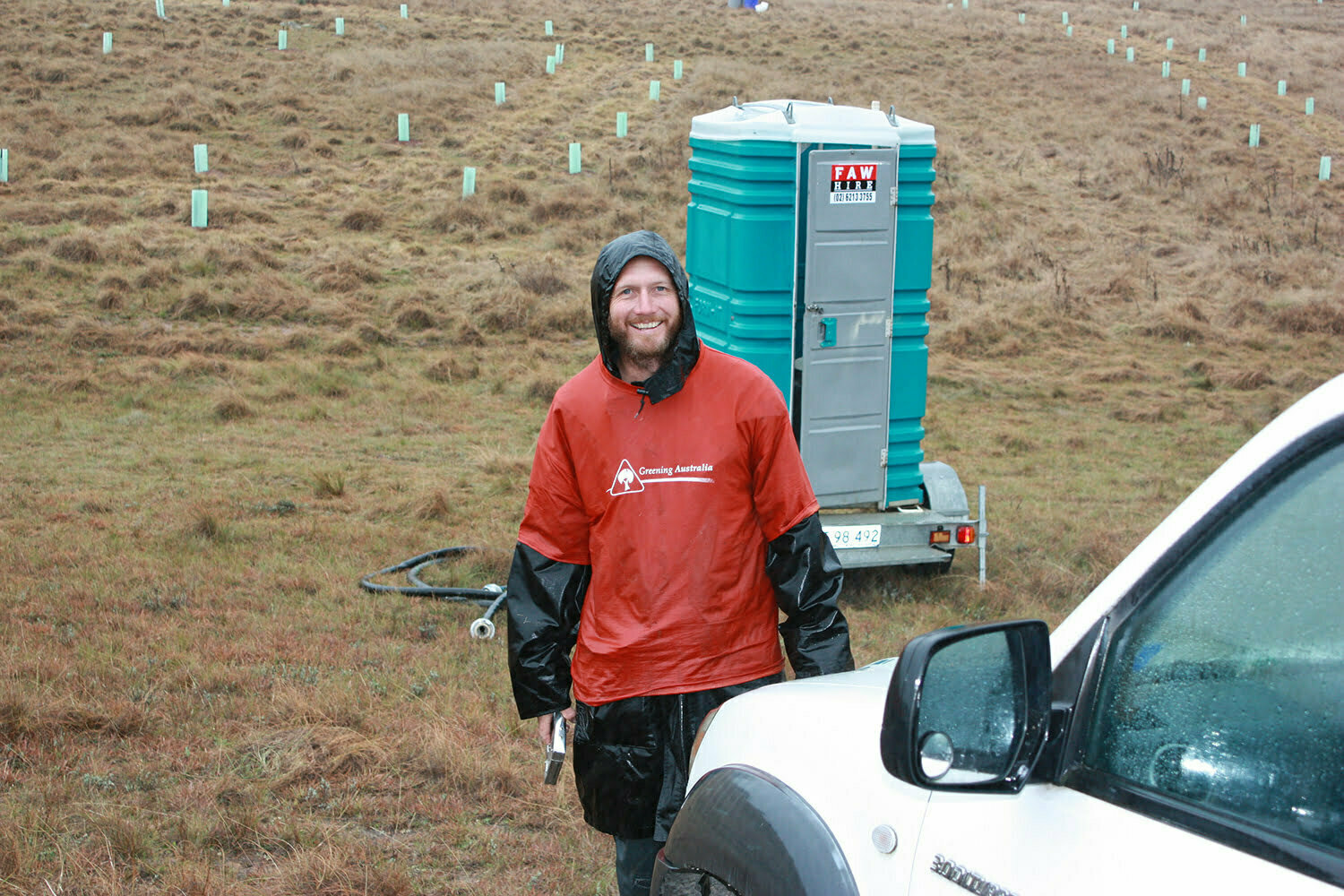
When we asked Ben (pictured) to write a caption for this photo he said ‘Portaloo hero monk’ – clearly he has a sense of humour, a vital characteristic for anyone in our Rivers of Carbon team! Photo: Ivan Petrie
Working with Greening Australia and Rivers of Carbon
This is my seventh year at Greening Australia, and I am enjoying the opportunity to assist different land managers across Southern NSW to restore and repair the damaged landscapes of this region. I have been fortunate to work on projects focusing on a diverse range of landscapes and species.
The Rivers of Carbon projects have been an opportunity to contribute to protecting areas that I see as very important to the health of our communities and ecosystems. We are 18 months into our Source Water Linkages project and so far, we have connected with lots of keen landholders throughout the upper reaches of the Sydney water catchment who are managing stock, fencing off and planting up their riparian areas.
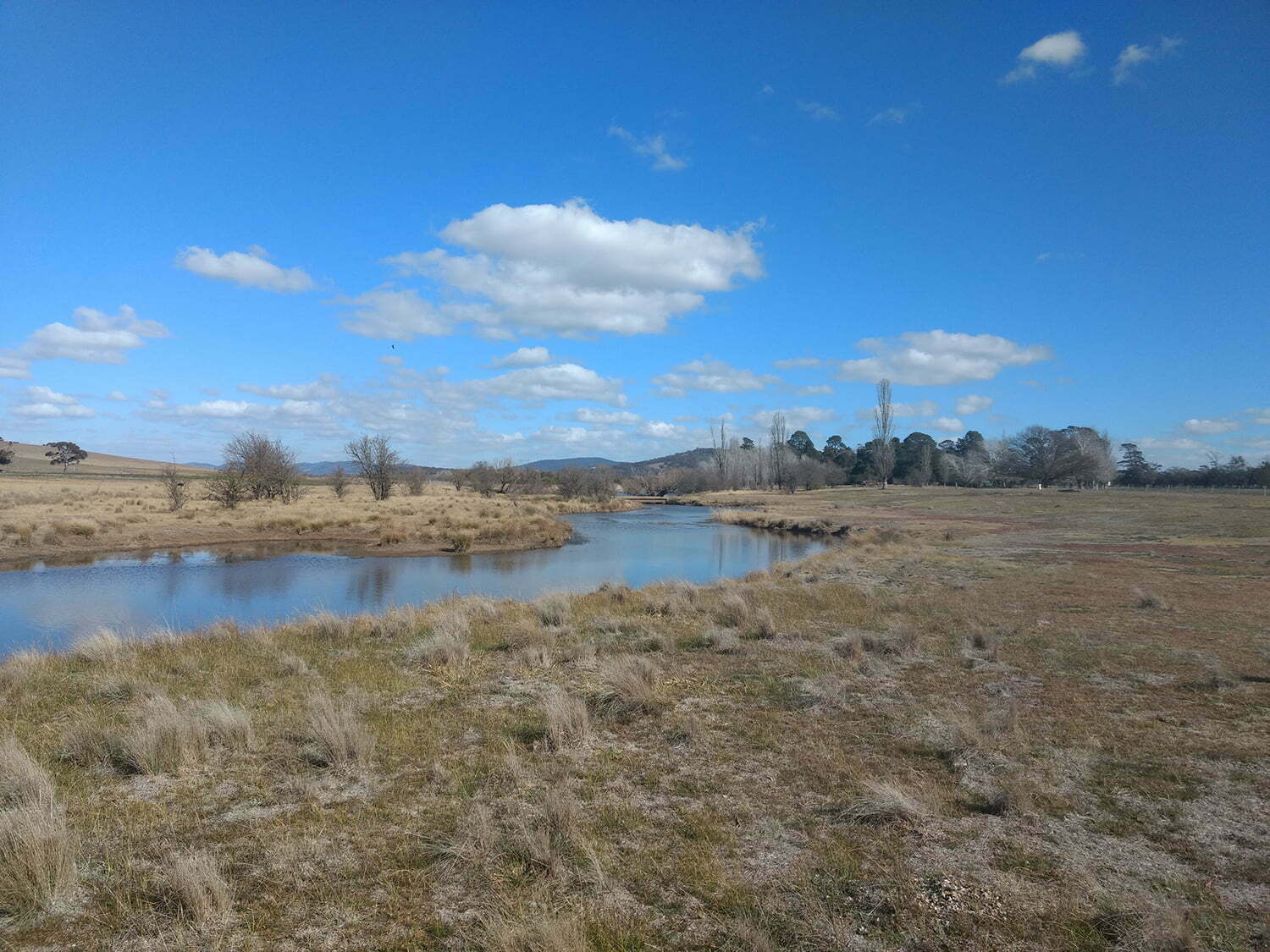
This reach of the Mulwaree river at the Gibson’s property near Goulburn, is home to hundreds of Water fowl and will be a rewarding site to watch progress after planting this year. Photo: Ben Hanrahan
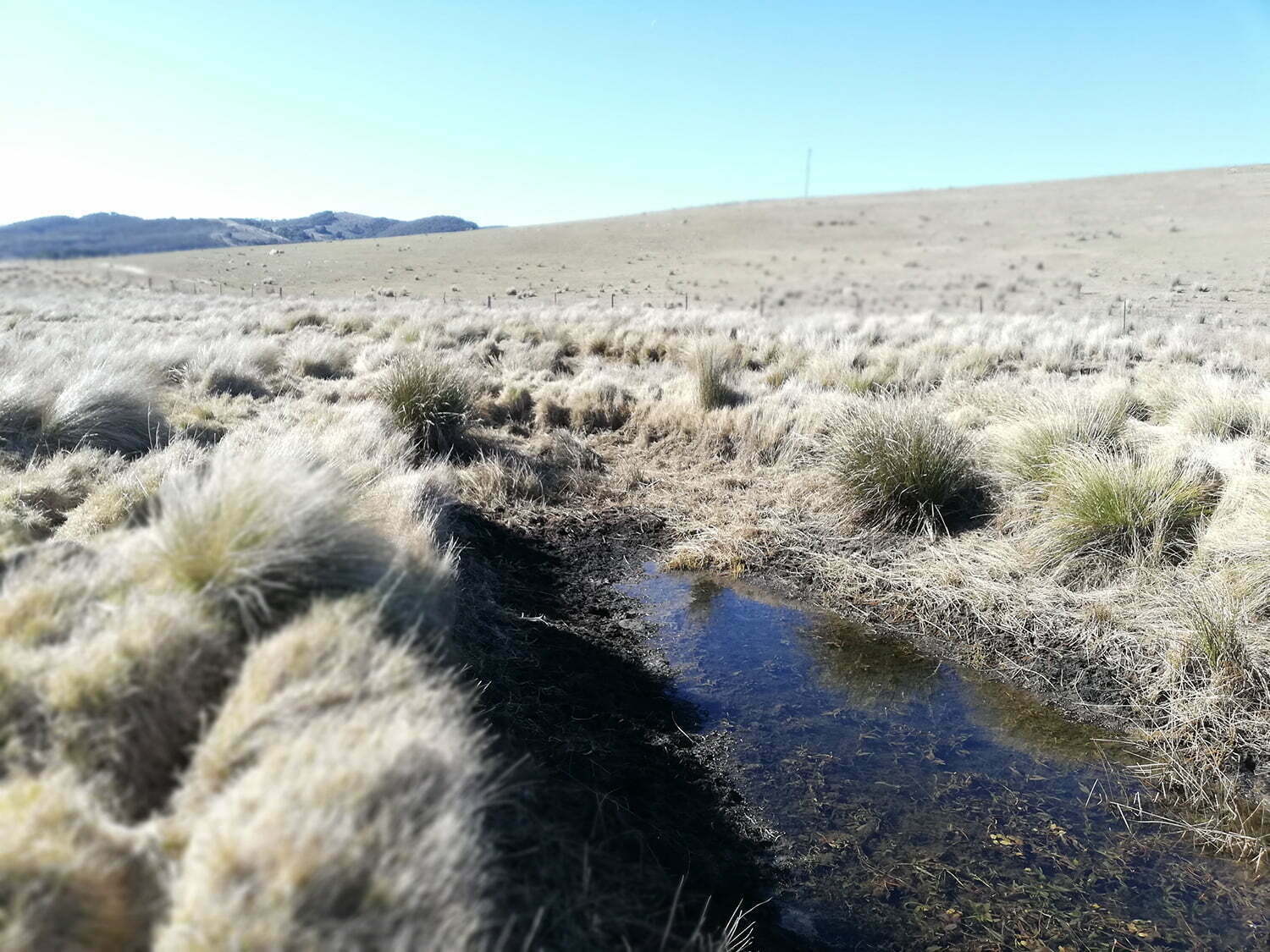
Left and right, the neighbouring properties of Merigan and Pylara have partnered together to protect over 2.5 km of the upper Mulwaree river. Photo: Ben Hanrahan
We have several sites where landholders are working together to connect to other riparian sites which is great as connected sites have far more impact than a single site or two disconnected sites. We have also had lots of landholders that have been keen to push their riparian buffers out to increase the areas of vegetation that will be planted along the riparian zones. The first of the trees are starting to go into some of these sites now and I am looking forward to taking community volunteers out to plant some of these sites in 2019.
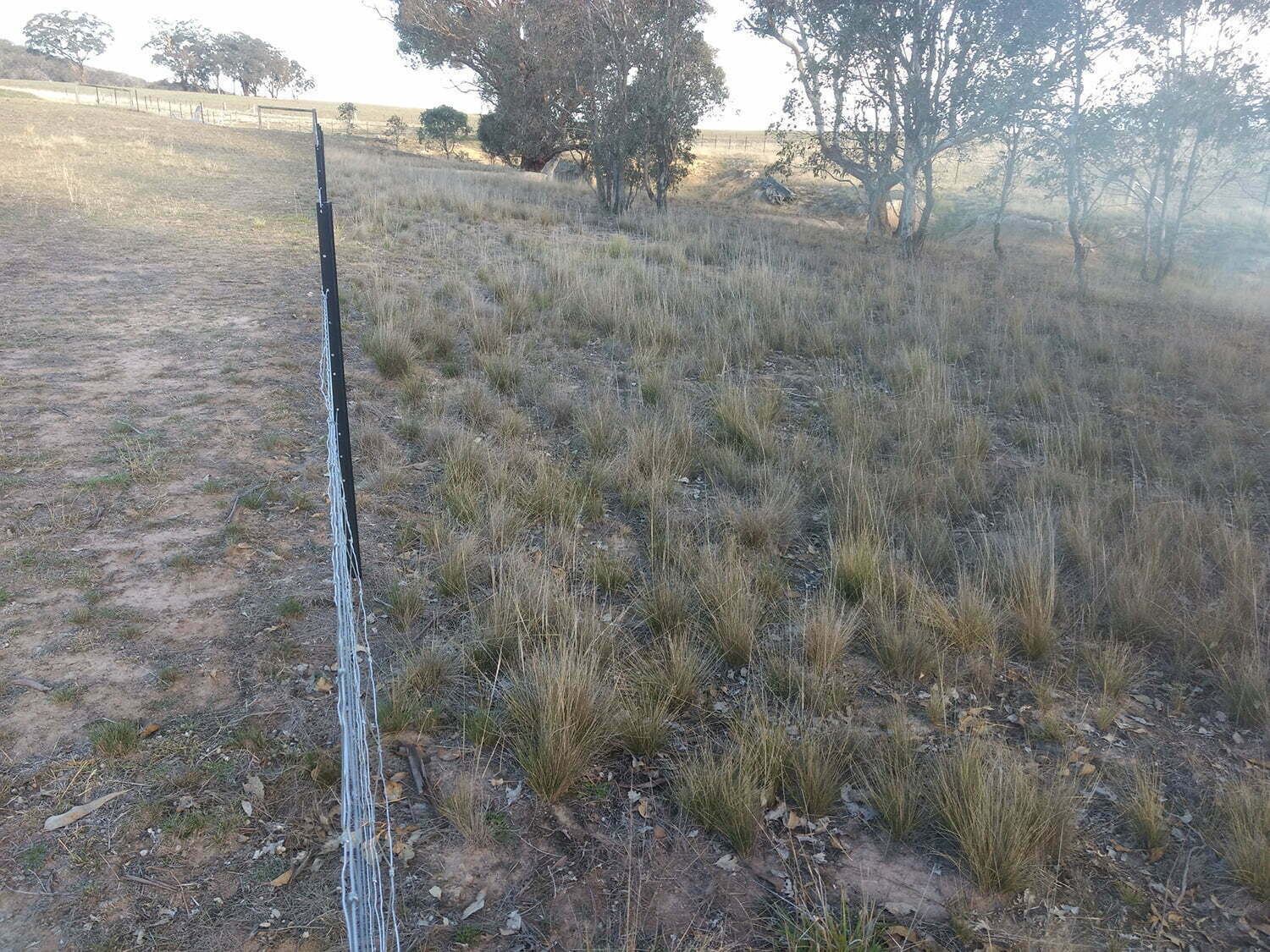
Here is a ROCSWL site near Middle Arm showing the value of fencing stock out of riparian areas. The ground cover has bounced back within a couple of months of being fenced off, there is minimal bare soil, leaf litter is collecting and native Stipa and Wallaby grasses are getting a chance to go to seed and recruit the following generation. These sites are now able to recover and function and protection for our waterways. Photo: Ivan Petrie
To date we have 24 land holders signed up, with 32 kms of riparian area to be protected and restored.
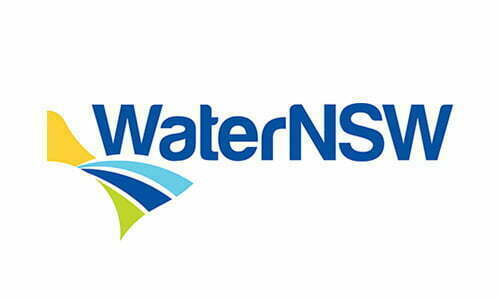

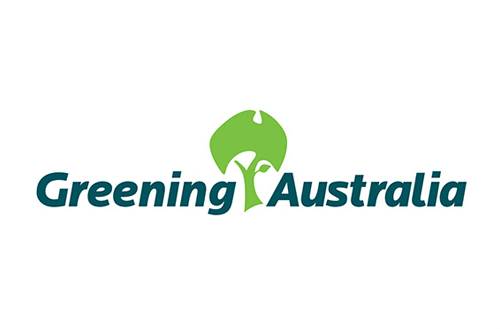
Banner Image: Ben Hanrahan
